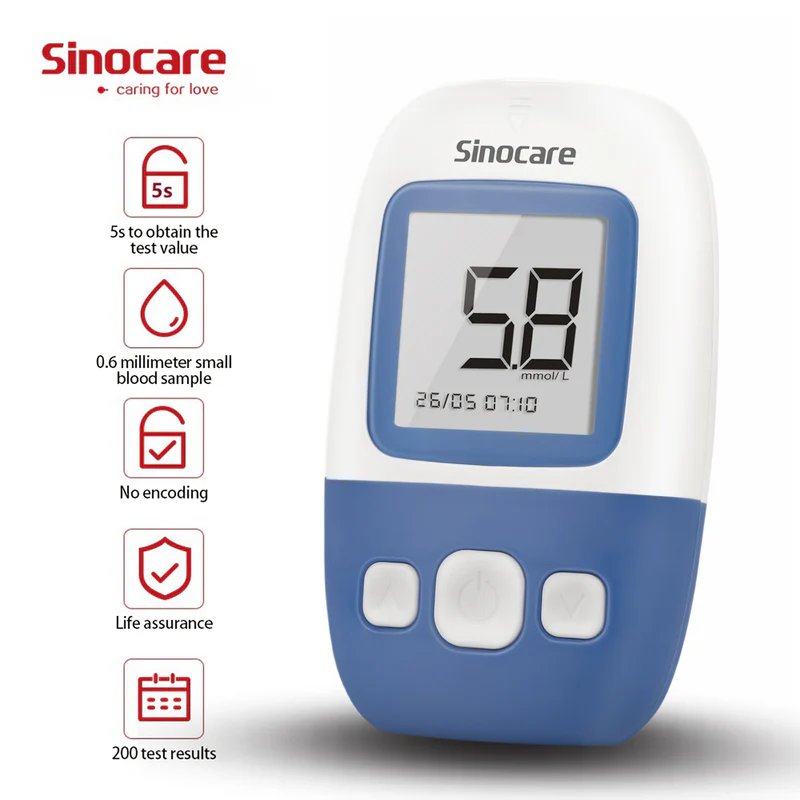Diabetes is a chronic condition that affects millions worldwide, necessitating effective management strategies. One of the essential tools in this management is a blood sugar monitor, commonly known as a glucometer. This device plays a crucial role in diagnosing diabetes and monitoring blood glucose levels, providing invaluable information for both patients and healthcare providers.
Getting to Know Blood Sugar Monitors
One tool for keeping tabs on blood glucose levels is a blood sugar monitor. In many cases, it serves as the initial diagnostic tool for those who are thought to be suffering from diabetes. The rapid and precise measurements provided by a blood sugar monitor are vital in helping healthcare providers diagnose diabetes. While these devices may differ in design, they all serve the same fundamental function: to aid in treatment decision-making by providing accurate readings of blood glucose.
The Value of Precise Interpretations
For a proper diabetes diagnosis, reliable blood sugar monitor data are essential. If a patient has risk factors for diabetes or exhibits signs of the disease, a healthcare provider may advise testing. By differentiating between prediabetes and diabetes, blood sugar monitor data allow for early intervention. On top of that, keeping tabs on one’s blood sugar levels teaches one about trends, which may guide decisions about food, exercise, and medicine.
Innovations in Glucose Monitoring
Recent advancements have led to the development of more user-friendly blood sugar monitors. Some of these devices now come with features designed to minimize discomfort during blood collection. For instance, a blood sugar monitor may require only a small blood sample, reducing the pain associated with testing. Additionally, emerging technologies have sparked interest in non-invasive options. Many people wonder, “Is there a glucose meter that doesn’t require blood?” While such devices are still in developmental stages, the potential for more comfortable monitoring is promising.
Moving Forward with Diabetes Management
In the ongoing battle against diabetes, the blood sugar monitor remains a cornerstone of effective management and diagnosis. With advancements in technology and user-centric designs, these devices are becoming more accessible and easier to use. For those seeking to manage their condition or monitor their glucose levels, understanding how to use a blood sugar monitor effectively is essential.
In conclusion, tools like the Sinocare Safe AQ Angel Blood Glucose Monitor exemplify how innovation can improve diabetes care. With features that address pain and sample size, these devices will continue to play a crucial role in diabetes diagnosis and management, ultimately enhancing the quality of life for individuals living with this condition.
